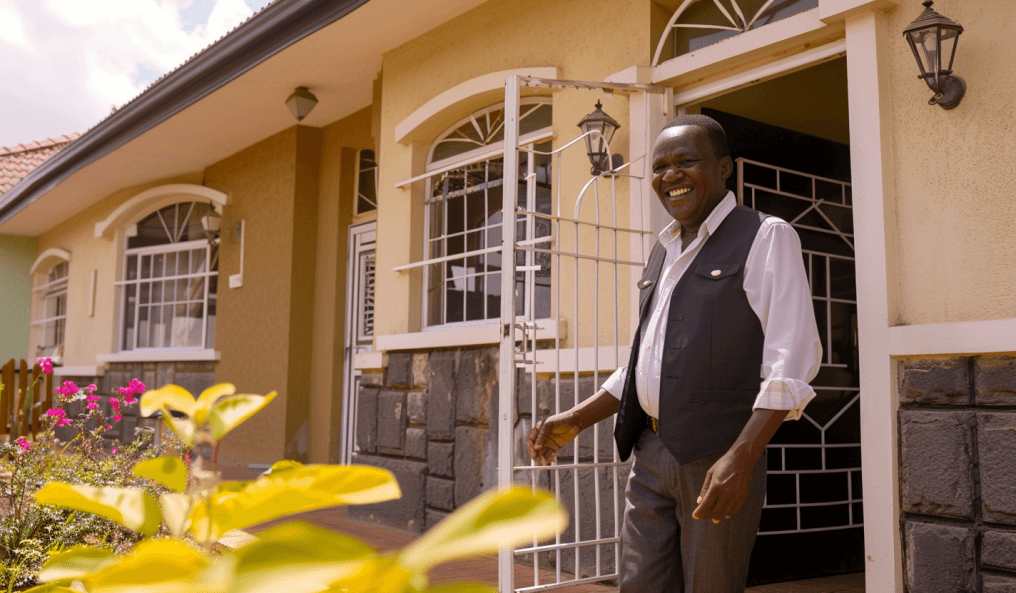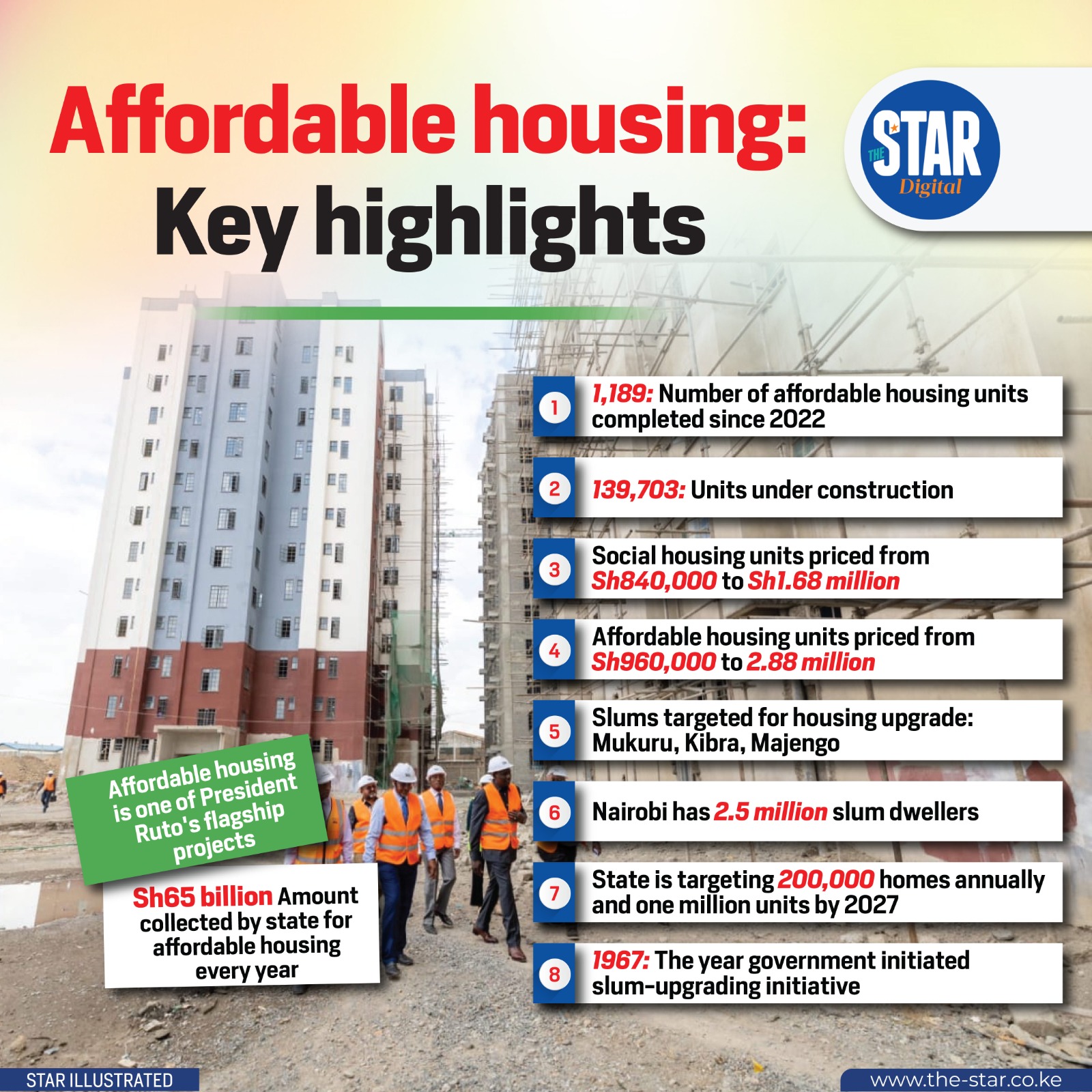The passage of the Housing Levy Bill in Kenya marks a pivotal moment for the country’s real estate sector and the Kenya Kwanza government’s ambitious affordable housing agenda. After much debate and public discourse, the legislation is now in effect, signaling a firm commitment to addressing Kenya’s significant housing deficit. This development has far-reaching implications for both employed citizens contributing to the levy and those aspiring to own a home. This blog post explores the specifics of the Housing Levy Bill, its intended impact, and what it means for the Kenyan real estate market in 2025.
1. Understanding the Housing Levy Bill
The Housing Levy, as enshrined in the newly passed bill, mandates a deduction from the gross salary of salaried Kenyans, with employers matching the contribution. The primary objective of this levy is to create a dedicated fund to finance the construction of affordable housing units across the country. It is designed to be a sustainable and predictable source of funding, aiming to reduce reliance on traditional government borrowing and external aid for housing projects.
Key features of the bill include:
- Mandatory Contributions: A percentage of gross salary for employees, matched by employers.
- Ring-Fenced Fund: The collected funds are specifically allocated for the Affordable Housing Fund, ensuring transparency and direct application to housing initiatives.
- Eligibility for Homeownership: Contributors to the fund may become eligible to apply for affordable housing units developed under the program, often through lottery systems or specific criteria.
- Mortgage Facilitation: The fund is also intended to support and de-risk mortgage facilities, making home loans more accessible to low and middle-income earners.
The passage of this bill is a testament to the government's resolve to tackle the housing crisis head-on in 2025.
2. A Major Win for Kenya Kwanza's Affordable Housing Agenda
For the Kenya Kwanza administration, the Housing Levy Bill's enactment is a significant victory, fulfilling a key campaign promise and central pillar of its Bottom-Up Economic Transformation Agenda (BETA). This agenda aims to empower low-income households and stimulate economic growth from the grassroots. The levy is expected to:
- Accelerate Housing Construction: Provide the necessary capital to build hundreds of thousands of new affordable homes annually.
- Create Employment: The construction boom spurred by the levy is expected to generate massive employment opportunities across the value chain, from skilled labor to material suppliers.
- Stimulate Economic Growth: Increased construction activity will have a multiplier effect, boosting related industries and contributing to the national GDP.
- Reduce Housing Deficit: Directly address the long-standing housing shortage, particularly for low and middle-income segments.
- Enhance Social Equity: Provide access to decent housing for a wider segment of the population, improving living standards and reducing informal settlements.
The government views this as a strategic intervention to transform the lives of millions and foster sustainable urban development.
3. Implications for the Kenyan Real Estate Market in 2025
The Housing Levy's impact on the Kenyan real estate market in 2025 will be multifaceted:
- Increased Supply of Affordable Units: Expect a significant increase in the pipeline of affordable housing projects, particularly in urban and peri-urban areas.
- Shift in Development Focus: Developers may increasingly pivot towards the affordable housing segment, incentivized by government partnerships and a guaranteed market.
- Demand for Building Materials and Labor: The heightened construction activity will drive demand for local building materials, potentially boosting local manufacturing and supply chains. It will also create a surge in demand for skilled and unskilled labor.
- Potential for Mortgage Market Growth: As affordable units become available, and with support from entities like KMRC, the mortgage market for low and middle-income earners is poised for significant expansion.
- Urban Planning Challenges and Opportunities: The rapid development necessitates robust urban planning to ensure sustainable growth, adequate infrastructure, and community amenities. This also creates opportunities for urban planners and infrastructure developers.
- Impact on Rental Market: Increased supply of affordable homes might ease pressure on the rental market in certain segments, potentially stabilizing or slightly reducing rental prices for entry-level housing.
4. Addressing Concerns and Ensuring Transparency
While the bill is a win for the government's agenda, concerns around transparency, accountability, and fair allocation of homes remain. It is crucial for the implementing agencies to:
- Ensure Transparent Fund Management: Clear and public reporting on the collection and utilization of the levy is essential to build public trust.
- Fair Allocation Mechanisms: Establish equitable and transparent criteria for allocating affordable housing units to eligible contributors.
- Quality Control: Maintain high standards of construction and infrastructure development for affordable units.
- Stakeholder Engagement: Continue dialogue with all stakeholders, including unions, employers, and citizens, to address ongoing concerns and refine implementation strategies.
Conclusion: A New Chapter for Housing in Kenya
The passage of the Housing Levy Bill represents a definitive step towards achieving the vision of widespread affordable housing in Kenya. It signals a new era for the country’s real estate landscape, promising not only more homes but also significant economic ripple effects. While implementation will require sustained effort, transparency, and strategic partnerships, this legislation firmly positions Kenya on a path towards a more inclusive and equitable housing future in 2025 and beyond. For aspiring homeowners and real estate players, this is a development to watch closely as it reshapes the contours of Kenya's property market.



